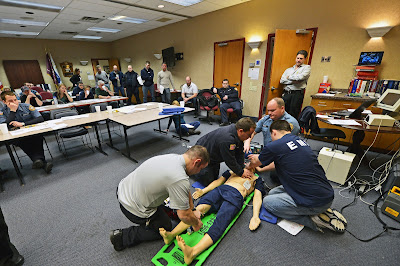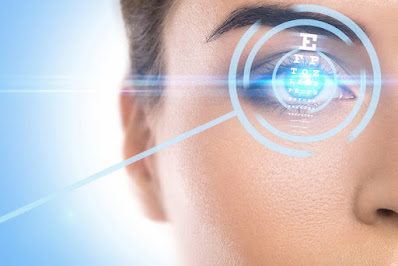According to the National Air Filtration Association, any filters that are MERV 8 and above are good filters to protect you, your family, customers, and employees from COVID-19. Many types of filters can be used in homes and businesses, but some fall short to help against the spread of COVID-19. And, since this virus is very transmissible through the air, a good line of defense would be to get an excellent working air filter, like MERV 8. You can visit here to learn more.
But why are MERV 8 filters good for COVID-19? And, what does “MERV” mean?
Let’s discuss.
What are MERV Ratings?
The American Society of Heating, Refrigerating, and Air-Conditioning Engineers created the MERV ratings to update their filter testing standards. MERV ratings are based on how well an air filter captures common airborne pollutants within certain size ranges.
There are 16 MERV ratings, and the higher the number is, the more efficient the air filter is at capturing small particles. So a MERV rating of 16 would be better than a MERV rating of 1. Twelve size ranges of pollutants have been tested to determine the ratings, ranging from 0.3 micrometers to 10 micrometers. The filters are tested upstream and downstream, where the twelve size ranges are tested in six intervals with a clean filter, to begin with, then the filters are tested for dust.
To determine the air filter's efficiency, the particles that go into the test duct will be tested before they go into the test duct and after. Based on what is evaluated, a MERV rating will be established.
How Do Merv 8 Filters Compare?
MERV ratings are used to describe the efficiency of air filters in removing particles from the air. The different types of pollutants range from cigarette smoke to bacteria. To understand why MERV 8 filters are so popular, it is essential to know what the different MERV ratings help eliminate pollutants.
MERV 13 to 16 helps control airborne bacteria, tobacco smoke, and pollutants from sneezing. These filters work great for smoking lounges, surgery suits, and commercial buildings since so many people frequent them, and the contaminants that these filters control are primarily in these types of spaces.
MERV 9 10 12 helps control humidifier dust, lead dust, emissions from vehicles, and fumes from welding. These filters are great for residences with excellent HVAC systems, hospital labs, automotive centers, and manufacturer and commercial buildings.
MERV 5 to 8 filters help control mold, hair spray, dust, and bacteria. These filters are great for commercial buildings, standard residences, and paint booths. MERV 8 filters have 90% efficiency on particles ranging from 3 to 10 micrometers. This filter example has a 10 inch diameter and is 16 inches high
MERV 1 to 4 filters help control larger particles like sanding dust, dust from spray paint, and lint and carpet particles. These filters are good in residences (although not ideal) and window air conditioning units.
Why is MERV 8 Good for COVID-19?
COVID-19 droplets are between 3 and 5 microns, meaning that MERV 8 filters fall into the range in which COVID-19 can be significantly reduced or less transmissible in the air. Although this filter may help with COVID-19 being transmissible in the air, filters alone can not guarantee that you will not get the virus. The reason for this is because COVID-19 is also transmissible through close contact with another person with the virus, and if you were to touch the virus on a surface and then touch your face, hence breathing in the virus. But, purchasing MERV 8 filters is still a good direction for your home or business to help reduce the spread of the particles in the air. Of course, other things recommended by the Centers for Disease Control and Prevention, like wearing masks and washing your hands, are probably still a good idea.
MERV 8 filters have been the standard in American homes since the 1970s, so you know they are trustworthy and valuable. Of course, MERV 8 is a good choice in helping with the spread of the virus, and if you go up in numbers, the more protection you will have against this virus. But, MERV 8 filters are the least rating you need to help not spread COVID-19. Plus, MERV 8 filters are less expensive than higher rating filters, are easier to install and fix and last anywhere from three months to a year. So, you can almost set it and forget it.
Image via pixabay
This is a guest blog entry.





















